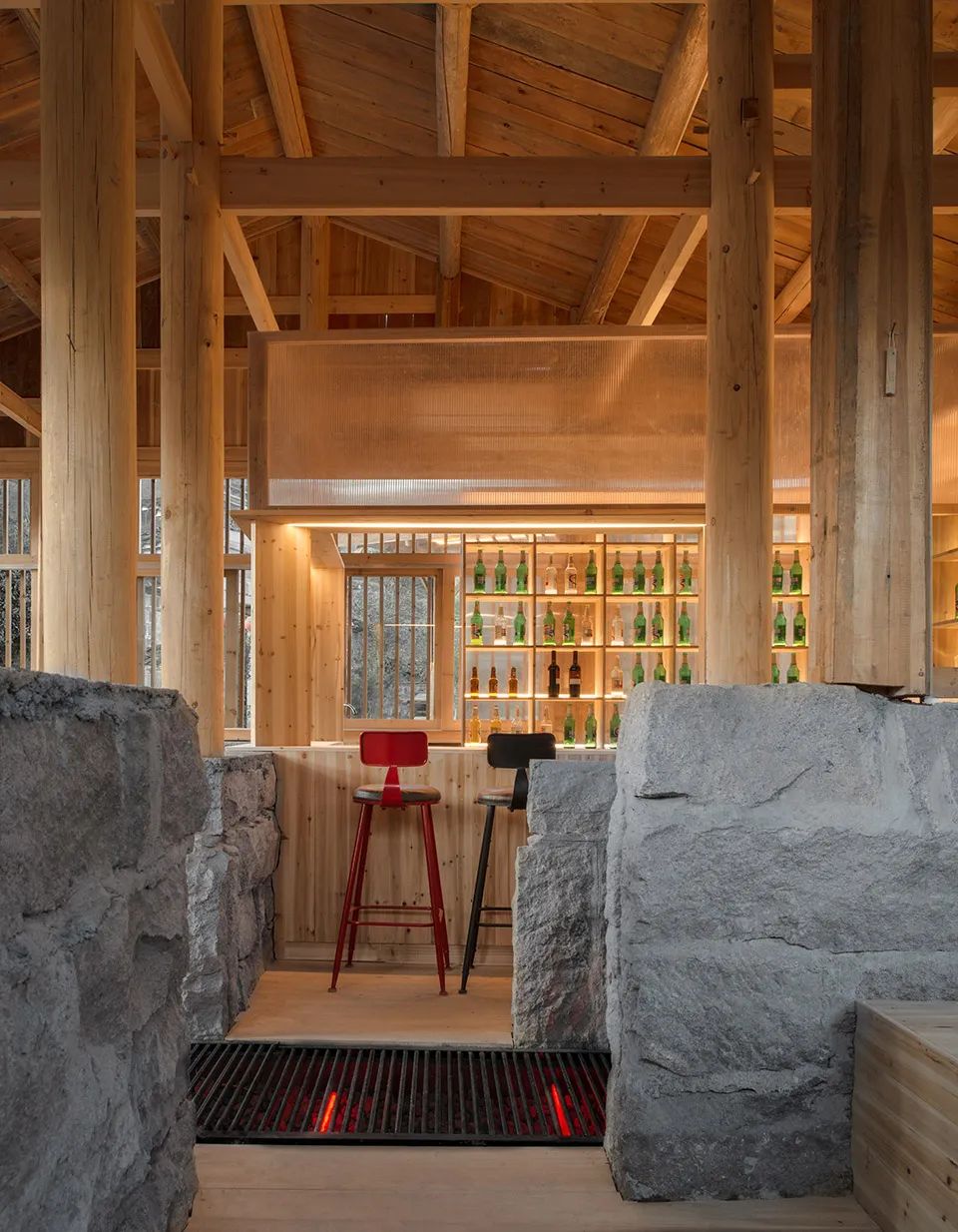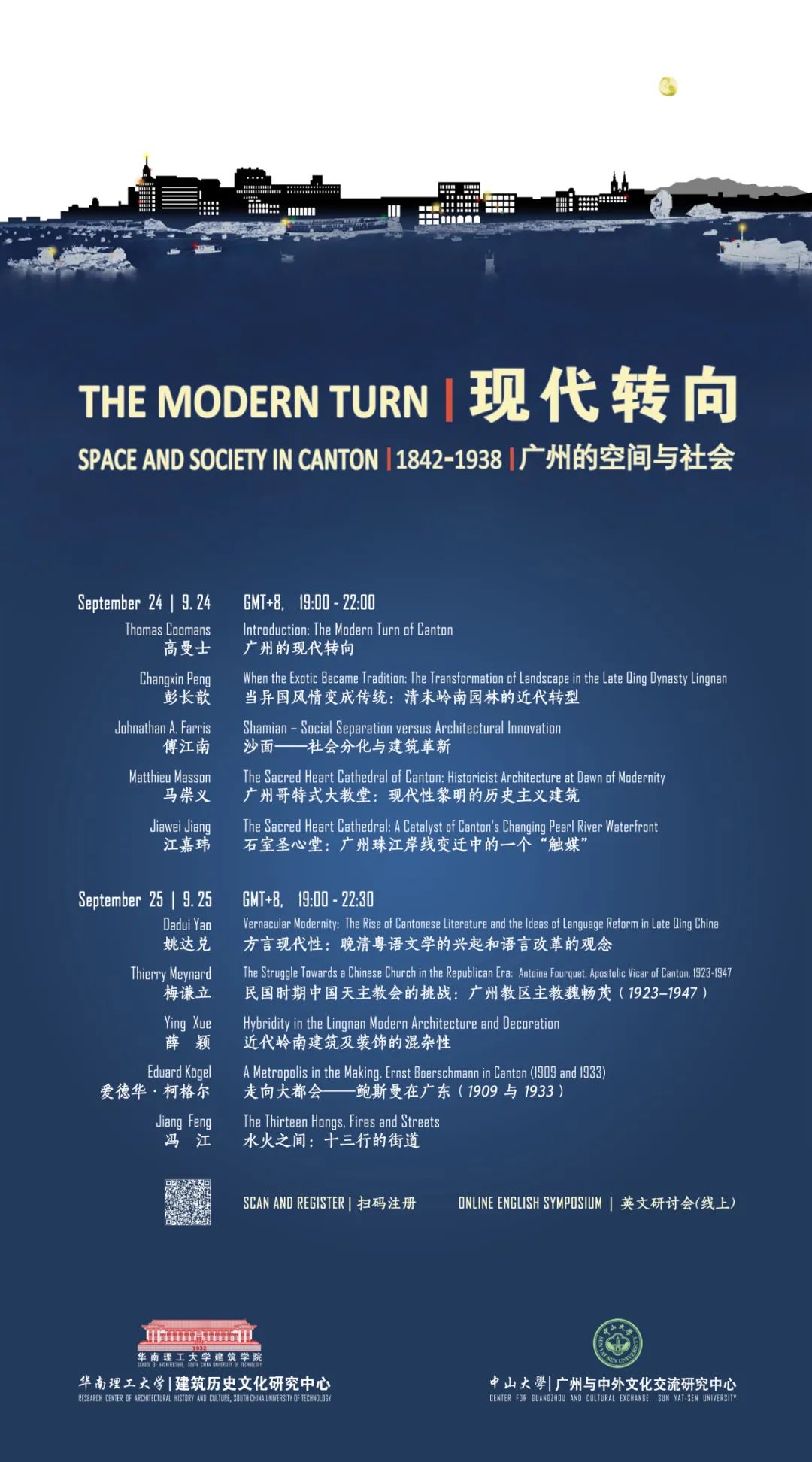Outside the metropolitan area, there are many interesting contemporary buildings scattered in many local provinces and cities in China
. 
For those who want to take a short construction trip, these “places” are just good places for weekend or short vacation
. 
In this issue, we will focus on Fujian
. 
This province, surrounded by mountains and hills, is famous for its tea culture, earth buildings and seaside life
. 
Over the past decade, several contemporary architectural works with experimental temperament have been built here
. 
From the captain’s home to Xianfeng xiadi paddy bookstore, let’s take a look at the practice of contemporary Chinese architects in Fujian
. 
Architectural roaming map of Fujian Province (editor’s drawing) 01 Wuyishan bamboo raft farm trace · architectural office (TAO) coordinates: S205 bamboo raft production workshop, Wuyishan City, Nanping city photograph: Su Shengliang office and dormitory building It is composed of bamboo storage warehouse (not built), bamboo production workshop, office and dormitory buildings and enclosed courtyard
. 
In response to the climate and the functional needs of the project, the architect applied the local popular daily materials and processes in the design
. 
The main body of the building adopts plain concrete structure and concrete block exterior wall, the roof adopts cement tile, and bamboo and wood are used as shading, doors and windows, handrails and other elements
. 
The materials and processes used are all from the local, and they all adhere to the same principle – the materials present their own characteristics in a way that does not require too much surface treatment
. 
The nature of the industrial plant of the project determines that the building abandons any superfluous form, and adopts the most basic elements in construction, and presents its construction logic as far as possible
. 
At the same time, we can gain economy while building simple aesthetics of industrial buildings
. 
02 Shangping ancient village revival plan Sanwen building / He Wei studio coordinates: Shangping village map, Xiyuan Township, Jianning County, Sanming City Yangjia school Photography: Zhou Menglian house and “Quanli” bar Photography: Zhou mengshangping ancient village, located in Xiyuan Township, Jianning County, Sanming City, Fujian Province, is a historical and cultural village in Fujian Province
. 
The existing pattern of the village is complete, with two streams around the village and converging at the village entrance, forming a complete Fengshui pattern; there are many provincial cultural protection units in the village, such as dafudi, Yangjia ancestral hall, Shezu temple, Zhaogong temple, etc
. 
The people here are simple and honest
. 
There were many literati in the history
. 
It is said that Zhu Xi also went to Shangping to give lectures here and left ink treasures
. 
Therefore, Shang Ping has the name of “Book perfume village, Ming Shui around the ancient village”
. 
From 2017 to 2019, the three nodes of Shangping ancient village rejuvenation plan, Shuikou, Yangjia school and dafudi, which are in the charge of Sanwen building, will be completed one after another
. 
Through the transformation of idle agricultural production facilities, the design team implanted new business forms to retain the flow of people; at the same time with the space transformation, a series of cultural and creative products and tourism activities related to the ancient village were also considered together
. 
03 Xianfeng xiadi paddy field Bookstore trace · architectural office (TAO) coordinates: North of xiadi ancient village, Pingnan County photo: Chen Hao Xianfeng xiadi paddy field bookstore is located in the north of xiadi ancient village, Pingnan County, Fujian Province, surrounded by paddy fields
. 
The predecessor of the building is a long abandoned local residence
. 
Based on the respect for the history of the site and the overall landscape of the village, the new part is basically hidden in the old wall, and nothing seems to happen from the outside
. 
The remaining old walls are seen as containers, wrapping new buildings built of concrete and steel structures, forming a dialogue between the contemporary and the traditional
. 
In the interior, the two folded concrete walls become the new main body of the structure
. 
The two floors are cantilevered to the two wings and connected with the rammed wall at the corner to stabilize the structure of the old wall
. 
The edge is separated from the old wall to let the light enter the interior from the skylight
. 
Between the earth wall and the concrete wall forms a closed and inward Bookstore display space, and between the two concrete walls defines the largest space inside the building – the small theater
. 
The overhanging volume at the westernmost end becomes the only overflow part from the package of the old wall, forming a cafe space on three sides, where you can feel the scenery of the village and paddy field
. 
In the center of the building, a steel column penetrates the concrete structure and supports an umbrella roof on it
. 
Its position and form indicate the disappeared roof of the old house
. 
The shelter space under the umbrella provides a place for shade and distant view, just like a Pavilion rising in the field
. 
04 captain’s house direct building coordinates: northeast end of Huangqi Peninsula, Lianjiang county photo: Chen Hao photo: Summer Solstice photo: Chen Hao this is the project of direct building architect Dong Gong in charge of when he took part in “dream home”
. 
The captain’s home is located at the northeast end of Huangqi Peninsula, Lianjiang county, Fujian Province, across the sea from Taiwan’s Mazu islands
. 
Facing the problems of structure and function of the building before reconstruction, the design finally chose to add a 12 cm concrete wall on the basis of retaining the original brick wall structure
. 
This strategy not only meets the basic needs of reinforcement and addition, but also provides more possibilities to improve the quality of space
. 
There are several main reasons why arch is chosen as the three-layer structure in the design: it is the natural result of the upward convergence of load-bearing walls on both sides; its shape is conducive to the rapid drainage of the roof and reduces the possibility of water leakage and seepage to the greatest extent; it is naturally directional, connecting two different seas at the two ends of the space, and people are in one side of the view is the noisy port On one side is the peaceful sea
. 
The captain’s family believes in Christianity
. 
The three-tier arch also contains the metaphor of religious space, which is more spiritual than the first and second tier living space
. 
05 new hall of Huaxiang church inuce coordinates: No.7 Huaxiang, bay17 North Road, Gulou District, Fuzhou City photo: Shikai / inuce in appearance, the building balances the surrounding environment through the undulating outline, and visually fragmentizes its own volume, which can be hidden in proportion
. 
In fact, the “new hall” is seven times larger than the historical building of Huaxiang old hall
. 
The fragmented small volume gradually reduces its height with its proximity to historical buildings, thus highlighting the cross bell tower, which is the highest point of the “old hall”, as well as the organic growth of the urban skyline
. 
The exterior wall of “Xintang” is made of red granite
. 
The exterior wall of “Xintang” is made of stone with similar vision to that of “Laotang”, which is rolled into smooth small stones, and then spread on the exterior wall by means of net sticking stone
. 
This material gives the new building a special visual effect and a gentle and cordial texture
. 
06 Strait culture and Art Center PES architects coordinates: Bindong Avenue, Nanjiang, Cangshan District, Fuzhou City photo: the design inspiration of Marc Goodwin architecture comes from the jasmine flowers in Fuzhou City
. 
The form and color of the architecture imitate the jasmine flowers in full bloom
. 
The five “petals” correspond to five venues respectively: Opera House (1600 seats), Concert Hall (1000 seats), multi-function theater and art hall Art gallery and film center
. 
The venues are connected by a cultural square and a broad roof terrace
. 
The roof terrace can be accessed from the two ramps of Molly garden or directly from Molly central square, making the building complex and Minjiang River seamless
. 
On the ground floor, the riverside corridor along the liangcuo River integrates the landscape and interior space, and connects the subway station with the culture and Art Center
.
07 Tui Tai Fang Yuan open architecture office coordinates: Binjiang Binhai Road, Hunan town, Changle District, Fuzhou photo: Jin bo’an this project is the staff dormitory of Netdragon’s new headquarters
.
The base is located in an undeveloped virgin land not far from the seaside, with neither too much surrounding environment nor clear boundary
.
Open hopes to form a strong sense of community by creating an introverted and relatively independent “collective commune”.
.



